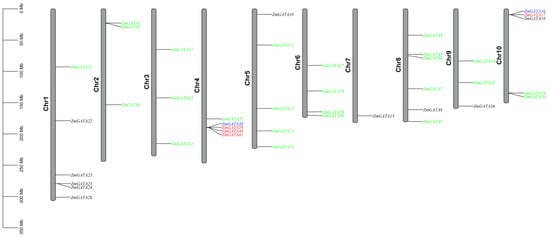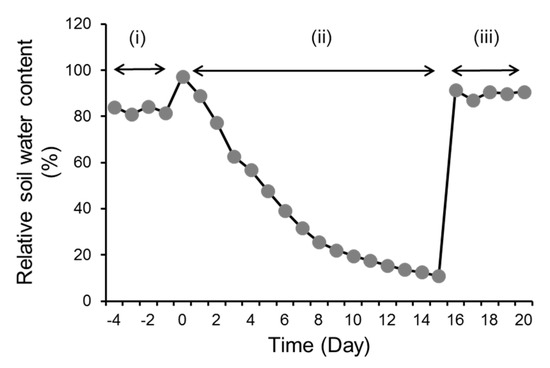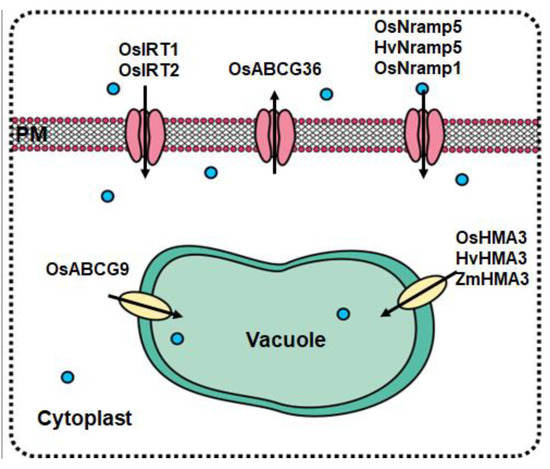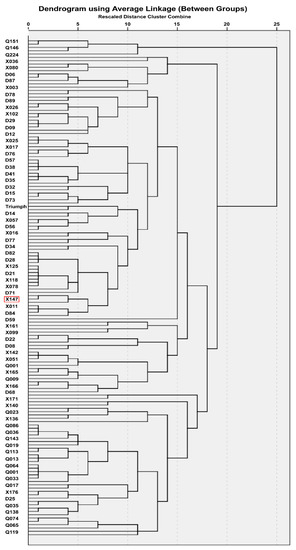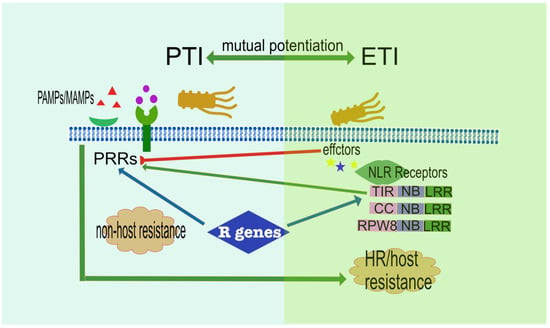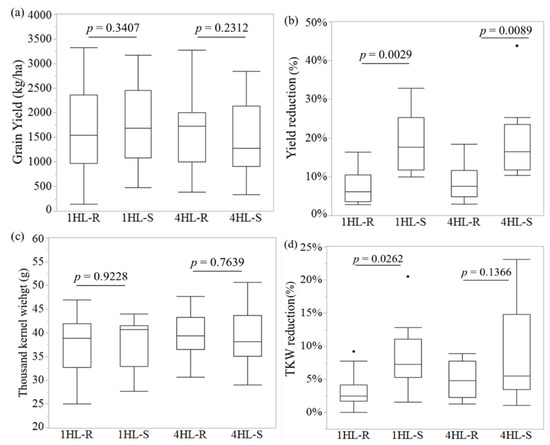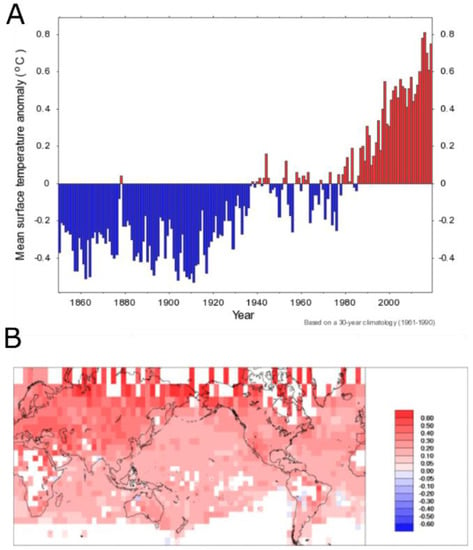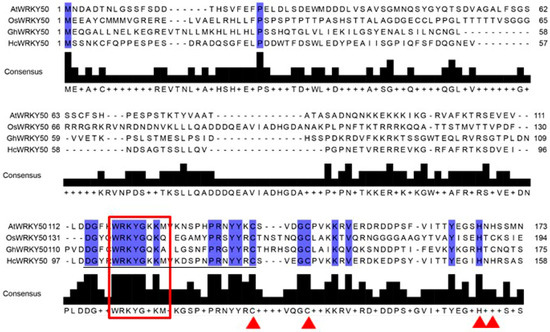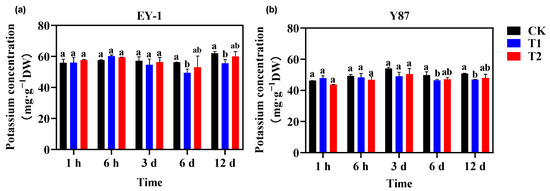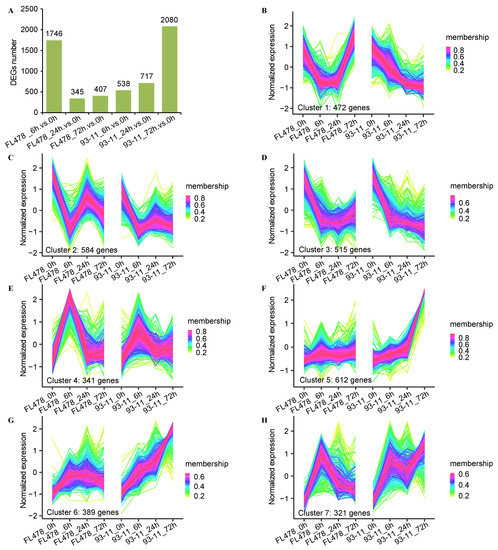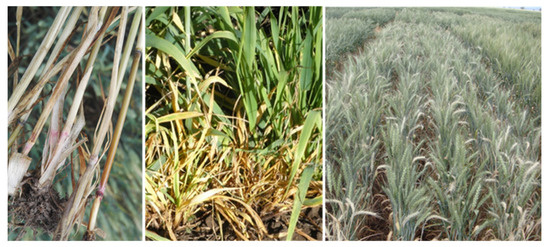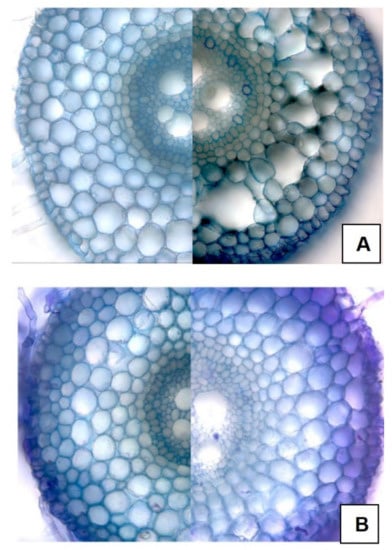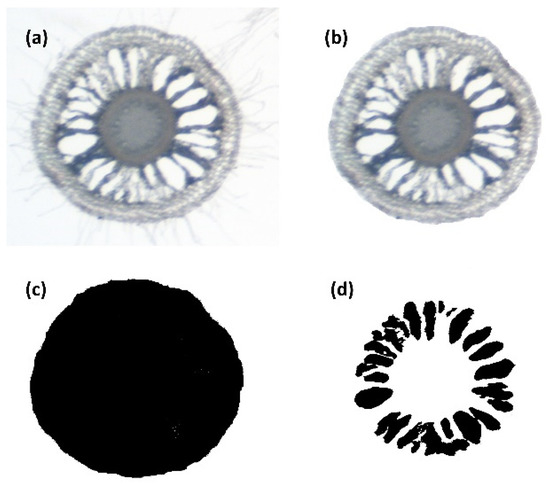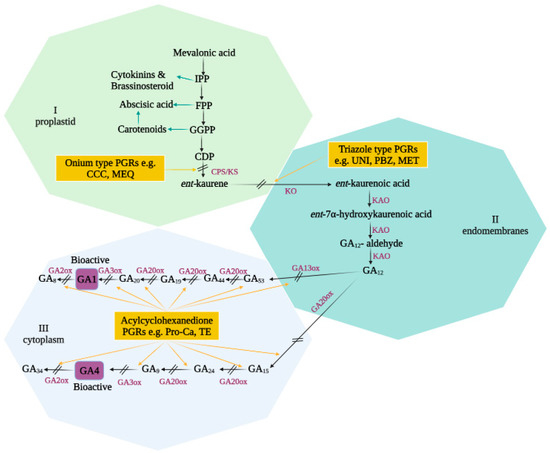Crop Breeding for Stress Tolerance
A topical collection in Agronomy (ISSN 2073-4395). This collection belongs to the section "Crop Breeding and Genetics".
Viewed by 74673Editor
Interests: plant abiotic and biotic stress tolerance; grain quality; genetics and breeding; agronomic traits
Special Issues, Collections and Topics in MDPI journals
Topical Collection Information
Dear Colleagues,
It is our great pleasure to inform you that a Special Issue focused on “Crop Breeding for Stress Tolerance” will be published in Agronomy. This Special Issue aims to highlight a range of reviews, opinions, and research articles on:
- Breeding for crop disease resistance;
- Breeding for crop abiotic stress tolerance (drought, waterlogging, acid soil, salinity, sodicity, frost, heavy metal toxicity, lodging, etc.);
- Fast-tracking development of improved wheat varieties with stress tolerance;
- Molecular and physiological mechanisms for crop biotic and abiotic stress tolerances;
- Development of phenotyping methodology.
Considering your expertise in the field, we would like to invite you to submit related papers to us. As an open access journal, we not only publish papers but also make them available worldwide to increase their downloads and citations.
Prof. Dr. Meixue Zhou
Guest Editor
Manuscript Submission Information
Manuscripts should be submitted online at www.mdpi.com by registering and logging in to this website. Once you are registered, click here to go to the submission form. Manuscripts can be submitted until the deadline. All submissions that pass pre-check are peer-reviewed. Accepted papers will be published continuously in the journal (as soon as accepted) and will be listed together on the collection website. Research articles, review articles as well as short communications are invited. For planned papers, a title and short abstract (about 100 words) can be sent to the Editorial Office for announcement on this website.
Submitted manuscripts should not have been published previously, nor be under consideration for publication elsewhere (except conference proceedings papers). All manuscripts are thoroughly refereed through a single-blind peer-review process. A guide for authors and other relevant information for submission of manuscripts is available on the Instructions for Authors page. Agronomy is an international peer-reviewed open access monthly journal published by MDPI.
Please visit the Instructions for Authors page before submitting a manuscript. The Article Processing Charge (APC) for publication in this open access journal is 2600 CHF (Swiss Francs). Submitted papers should be well formatted and use good English. Authors may use MDPI's English editing service prior to publication or during author revisions.
Keywords
- crop
- abiotic stress
- biotic stress
- molecular mechanisms
- stress physiology
- breeding methodology
- phenotyping









